Superb enameled dial by Jean Joseph Coteau, the greatest enameller of his time, with inlays of gold leaf, called enamelled paillons, taking the shape of clovers. Technique that Coteau implemented at the Manufacture de Sèvres by adapting it for the most precious clocks.
"Graal" of the clocks to "Africa" also called "the African huntress," this model entirely original and in an exceptional state of conservation is made of finely chiseled gilt bronze and patinated bronze.
This clock belongs to a genre apart from others to which the atmosphere of the time must be associated in order to appreciate its charm and delicacy.
During the second half of the 18th century, a return to the virtues of nature animated society, inspired by the impulse of Jean-Jacques Rousseau. Novels such as Paul and Virginie in 1788, Atala in 1805, or earlier, the adventures of Robinson Crusoe in 1719, contributed to relay this enthusiasm.
Among all the known models of the clock in Africa, I present you here the most exceptional one, not only by its quality of execution but also thanks to the signature on its dial: "It.Ft.Deverberie, rue Barbette in Paris", for Inventaire Fecit Deverberie.
Certifying its manufacture by the Master himself (because other bronze-makers copied it at the same time and until 1830).
The address rue Barbette (Marais district) allows us to know the execution period: in the Paris trade almanac, Deverberie worked at this address from 1800 to 1804.
He had also deposited the preparatory drawing of this clock in the Cabinet des Estampes of the Bibliothèque de France in 1799. For this factual reason, the pendulum model in Africa cannot be from the Directoire era (as some sales descriptions may mention), but rather from the Consulate era.
Sitting on the dial, the African huntress has decrepit hair enhanced by a silver band. Dressed in a very finely chiseled feather loincloth, contrasting with her precious jewels: double-row necklace of pearls, wrist bracelets, arms and ankles, and earrings.
Her gaze is fixed, revealing her eyes made of rose-tinted enamel (the eyes, when the model is produced by Deverberie, are always rimmed with pink or blue).
His bow in the left hand, an arrow in the right hand and his quiver of arrows on the back give him a conquering attitude, but also marked by grace and purity.
At his feet, a turtle, symbol of calm, wisdom, determination and sovereignty.
Behind her, the lioness, symbol of courage, fighting spirit, luck and inner strength.
These two companions complete this symbolic evocation of Africa: Wisdom and wild.
The patinated bronze base flares towards the base itself highlighted by a row of pearls. This one hosts in applique a decoration of love in gilded chiseled bronze, taking up the themes of hunting, fishing and gathering.
On each side, a garland of flowers and fruits held by snakes, a mascaron of wildlife comes to finalize the decoration.
The set rests on six so-called bronze spinning top feet finely chiseled with a row of small beads and gilded.
Perfect state of conservation.
Original "ground gold" gilding and patina.
Thread movement entirely revised by an art watchmaker.
Consulate period. 1800
Dimensions
Height: 45cm
Width: 36cm
Depth: 14cm
Jean Simon Deverberie (1764-1824)
Jean-Simon Deverberie is one of the most important Parisian bronze-makers of the late 18th century and the first two decades of the following century.
He seems to have specialized his activity almost exclusively in the creation of clocks, torches and candelabra, adorned with exotic figures, particularly African characters; he deposited many models of so-called "black clocks", notably the models called "Africa", "America" and "Indian and Indian hugged" (the drawings are kept in the Cabinet des Estampes at the Bibliothèque nationale in Paris and at the Doucet library). He installed his workshop successively rue Barbette in 1800, rue du Temple in 1804, finally rue des Fossés du Temple between 1812 and 1820.
Jean Joseph Coteau (1740-1812)
Known as the most eminent enameller of his time, specializing in the decoration of clock dials and metal objects. He collaborated with most of the great watchmakers of his time.
Jean Joseph Coteau, a native of Geneva, became master painter-enameller at the Academy of Saint-Luc in his city in 1766. Arrived shortly after in Paris, he appears in the registers of the parish of Saint-André-des-Arts and establishes a workshop on rue Poupée in 1778.
Enameler
Starting in 1779, he invented a new decorative technique: the enameled paillon on porcelain. These are small gold leaves with varied patterns, stamped, decorated with enamels then baked on porcelain. He implemented it at the Manufacture de Sèvres by adapting it for their porcelain.
Bibliography:
-Jean-Dominique Augarde, The Workers of Time: the clock in Paris from Louis XIV to Napoleon I, Geneva, Antiquorum, 1996
-Marie-Christine Delacroix, "The Black Clocks," L'Estampille, no 100, August 1978, p. 6-15
-Pierre Kjellberg, Encyclopedia of the French clock from the Middle Ages to the 20th century, Paris, Éditions de l'Amateur, 1997
-Béatrice Mura, 'The Clocks to the Negro at the Hour of Deverberie,' L'Estampille-l'Objet d'Art, n°241, November 1990, p. 34-45
-Museum of the Hotel Sandelin, The Black Clock: exhibition 29 April-12 June 1978, Saint-Omer, The Museum, 1978
-Charlotte Vignon, "Deverberie & Cie: Drawings, Models, and Works in Bronze," Cleveland Studies in the History of Art, vol. 8, 2003, p. 170–187.
-jean Dominique Augarde, "A Clock Odysseein, Masterpieces from the Parnassia collection, volume 1 and 2. Faton edition.
On request, I manage for you the delivery in France as well as internationally.
The shipping methods depend on your location.
Contact me to know the amount and prepare the organization of your delivery.
I ensure that special care is taken with packaging and protection adapted to your purchases.
Not putting all of my Furniture and Objets d'art on Proantic, I invite you to follow my Instagram account where you can enjoy all the new arrivals via the following link : @monantiquaire
All my Furniture and Art Objects
On my Website below :
MON ANTIQUAIRE
I am waiting for your visit,














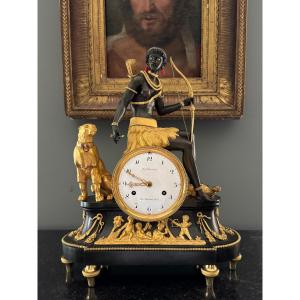












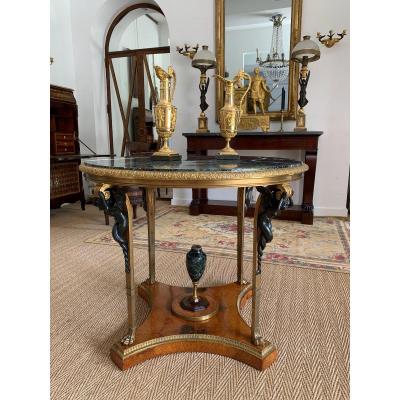



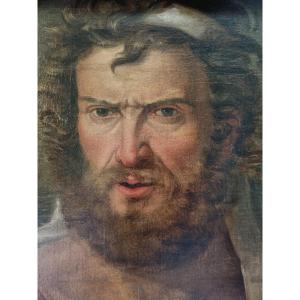


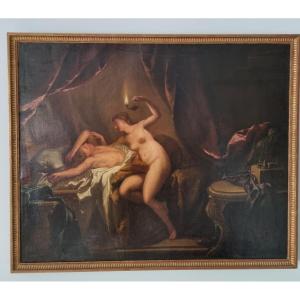


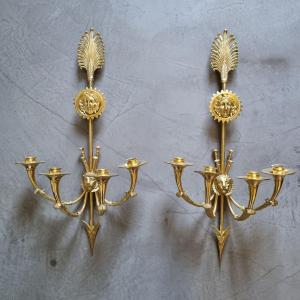
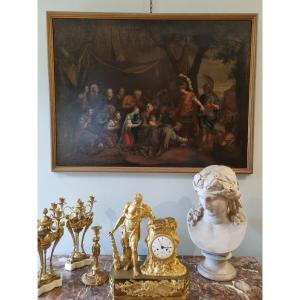










 Le Magazine de PROANTIC
Le Magazine de PROANTIC TRÉSORS Magazine
TRÉSORS Magazine Rivista Artiquariato
Rivista Artiquariato